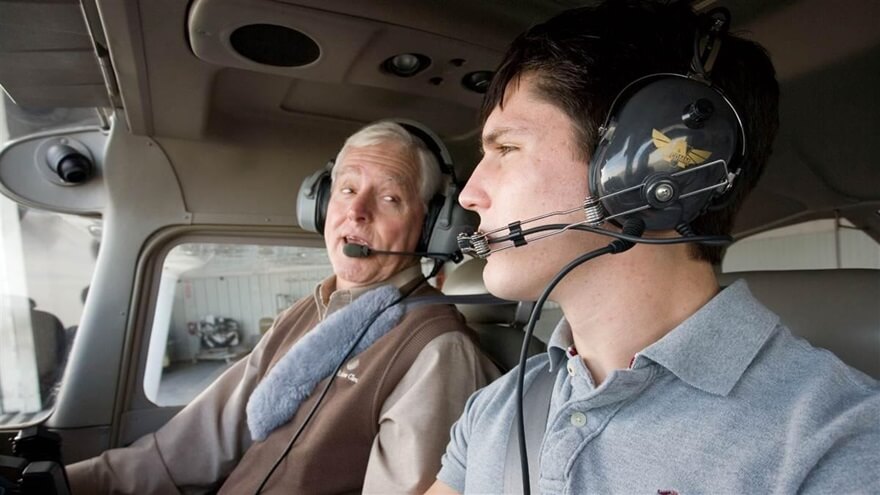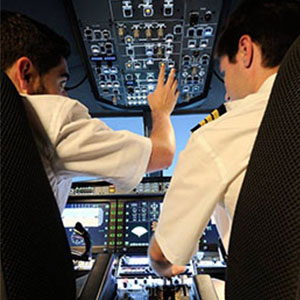Whether you call it a flight test, a flight check, a checkride, a practical test, or the flight that finally grants you the privilege of being able to fly without that bossy instructor-person alongside, “the ride” is out there waiting for you, sooner or later.

If your ride is coming up sooner, good luck. We can’t think of a better way for an aviator to ring in 2018 than to acquire a new pilot certificate.
When seeking some perspective about the ride, you may have heard, or read in the Pilot’s Handbook of Aeronautical Knowledge, that it is your flight instructor’s responsibility to “train the ‘total’ pilot,” and that “practical tests are a sampling of pilot ability compressed into a short period of time.” That’s what puts the “check” in a checkride.
For a private pilot applicant, the sampling of pilot ability is measured against knowledge and performance metrics of the airman certification standards that debuted in 2016 and were updated this year.
Working to standards is useful as a guiding light for your preparation, but do you have a personalized strategy for acing the ride?
As you focus on polishing your skills for the day your pilot ability is sampled, it helps to focus on tasks and knowledge areas where you can elevate your abilities from acceptable to good, or from good to excellent.
Here are two areas where almost every pilot-trainee can use a bit more practice and experience: performing crosswind landings and interpreting weather.
Some other ideas include making use of as many practice airports as, well, practical, including a mix of towered and nontowered fields.
It goes without saying perhaps, but authentic unpaved airports and short runways are recommended for practicing soft-field and short-field procedures.
Review the trainer’s pilot’s operating handbook. Make sure the aircraft won’t be down for an inspection or periodic maintenance when you need it, that the paperwork is up to date, and that it’s in compliance with any airworthiness directives.
Run a few practice weight-and-balance calculations using the aircraft’s actual basic empty weight as a starting point; don’t use the theoretical values in an off-the-shelf pilot’s operating handbook.
When the time has just about come for your ride, the FAA also notes that “a practice practical test is an important step in the flight training process.”
Got all that?
As a practical matter, the finish line is now in sight.
Do you have a checkride coming along? Share your flight-test timeline at AOPAHangar.org.
Source: aopa.org

Warning: Illegal string offset 'cookies' in /home/u623323914/domains/eng.bayviet.com.vn/public_html/wp-includes/comment-template.php on line 2564